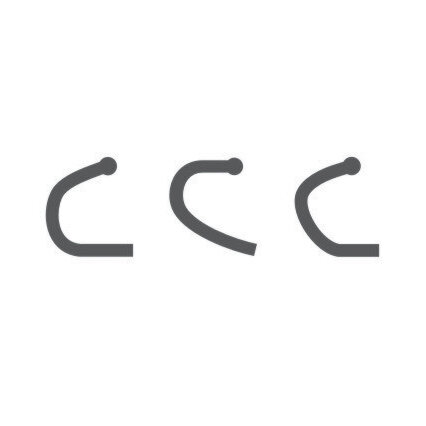Road Bike Setup – The Facts
by Giuseppe Giannecchini
Many road bike users are affected by physical issues, such as discomfort, overload, pain of various kinds. Problem areas can be divided into 3 categories: Upper body (neck, arms and hands), Lower body (thigh, leg, foot) and Spine. In the majority of cases, the original cause of the problems will be one of the following:
A. Bike frame with incorrect geometry size or made from the wrong material.
B. Incorrect set up of the handlebars, saddle and pedals, the 3 contact points that define the position of a rider.
C. Proportional distance between the vital components: handlebars, cranks, saddle, shoes and cleats.
D. The asymmetries of our body – on a properly fitted bike, final adjustments are made to find the right balance between the mechanical symmetry of the bike and the natural asymmetries of our bodies (asymmetries of arms and legs, rotations, muscles imbalance).
Described below are the most important points, which make a difference from a bio-mechanical point of view.
01. FRAME
Used to be mostly made of steel tubing welded together. Nowadays, the new materials and techniques include frames mainly made from Carbon Fibre, Aluminium, Titanium and Stainless Steel. Geometry can be ‘traditional’ or ‘sloping’ .
02 WHEELS
From the classic 32 or 36 spokes, today we mostly see lower spoke counts, radial patterns and deeper rim sections. Rims are made of Aluminium alloys or Carbon Fibre. Different type of wheels affect the type of ride, handling and comfort.
03. SADDLE
There are several types in the market. Based on their shape, padding and profile, the sitting perception and position changes. The saddle choice must always consider the pelvis shape and riding habits.
04. HANDLEBARS
Road handlebars are more commonly called ‘Drop Bars’. From the classic round shape, we have now shifted towards different types of drops: ‘Anatomic’ or ‘Compact’. The different shapes dictate the type of grip and feel and also the distance between hands and saddle, depending on the geometric dimensions, which can differ considerably. Drop Bars are made of Aluminium or Carbon Fibre. In some cases, carbon monocoque bars include the stem (handlebars + stem integrated systems).
05. CRANKS
The choice of cranks length is an often debated topic. The length considerably affects the way we pedal and consideration should always be given to the proportions of legs (thigh / lower leg) and the fitness levels of the rider. On road bikes, the lengths that are most widely in use vary from 165 to 180mm. Materials are always Aluminium or Carbon Fibre.
06. PEDALS
The pedals we know as standard are mainly identified as “Look” – as the French manufacturers who were the first ones in the market to produce today’s road bikes mostly used clip-in systems. There are now several high-end manufacturers that produce pedals based on the same system. The different shapes of cleats affect the type of relation between shoe and pedal, with different levels of free movement during the pedal strokes.
07. HANDLEBARS STEM
Or simply “stem”, it defines – together with the handlebars – the position in length of the rider on the bike. Today’s standard type of stem used on road bikes, ‘Ahead System’, originated from the Mountain Bike world.
08. SEATPOST
It can be “in-line” or “layback”. The correct choice of one or another helps to define, in conjunction with the frame’s seat-tube angle, the optimum position of pelvis and legs, in relation with the pedals (saddle setback).
09. GROUPSET
‘Group’ refers to these components: rear and front mech derailleurs, brake levers / shifters, crankset, chain, cassette and brakes. Quality wise, we can identify 3 levels: low-end, medium and high-end levels, based on the materials and technologies used. It can be mechanical or electronic. The choice of groupset with its ratio and specifications, should be determined by each rider’s choices and needs, but also by the level of personal fitness, terrains and type of riding.










